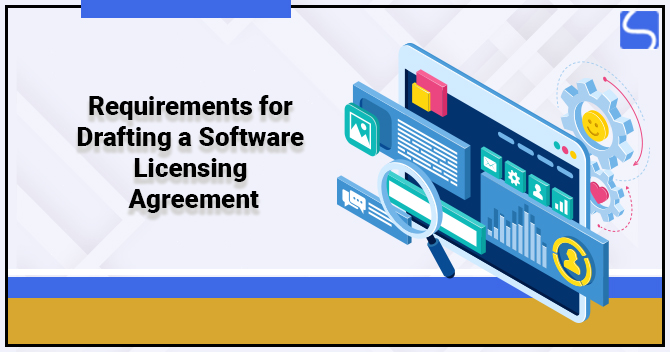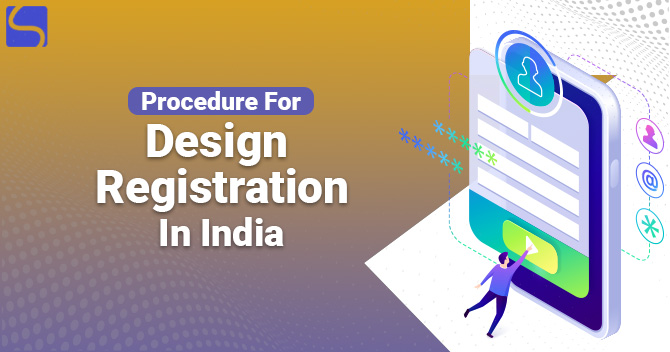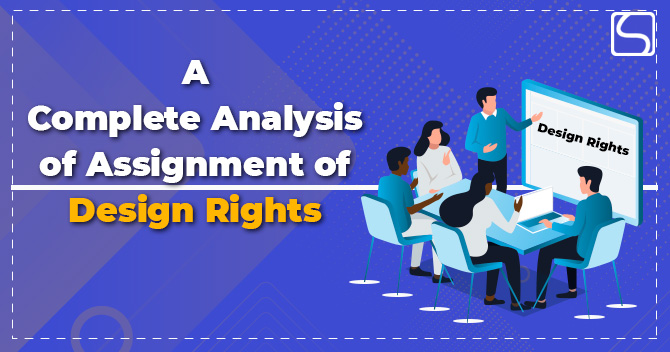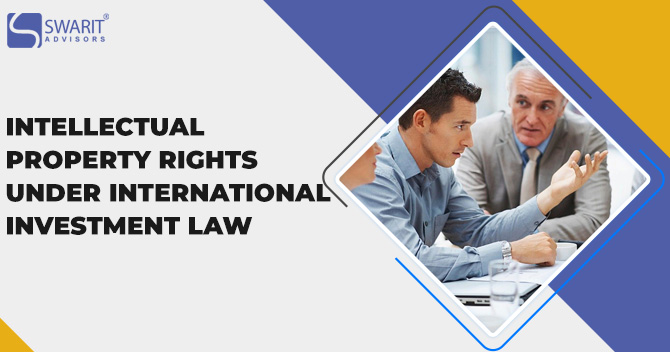Requirements for Drafting a Software Licensing Agreement

Karan Singh | Updated: Jul 08, 2021 | Category: Intellectual Property
An officially applicable contract between the purchaser or the author of the software and a licensor that set up the rights of the purchaser is a Software Licensing Agreement. It begins with the manner in which the software can be used and also list out the limitations that are enforced on the software if any. It also describes and safeguards the parties’ names to the contract clearly and concisely. Most agreements of Software Licenses that are in digital form are not presented to the purchaser until the conclusion of the purchaser.
A free agreement of Software License grants the purchase the rights to redistribute and change the software & related workings, while an ownership software agreement forbids this. The special Agreement prepared by the software entities for big business and government companies varies from those prepared for the average customer.
Such agreements also include Patent Registration information and warranty provisions. There are some agreements that make it vital for the purchaser to sign or/and mail back the Agreement. While the purchaser may surrender their right to use the software and thereby reject the Agreement of Software License. This blog covers in detail the drafting of a Software Licensing Agreement.
Table of Contents
Meaning of Software
Software is a set of commands, data, programs, or instructions that are used to operate a computer and perform the task. In other terms, the software instructs a computer how to work. It is a normal term used to refer to scripts, applications, and programs that operate on devices like mobile phones, PCs, tablets and other smart devices. Software is dissimilar from hardware, which are the physical factors of a computer that perform the work.
Meaning of License
It is an agreement of terms that allows an action. A Software License permits the user to use the program. It’s an agreement between a user & a software company. In most situations, one has to agree to the license agreement before installing or using the software.
An Overview of Software Licensing Agreement
An agreement between a company that produces and supplies an application, essential source code, or related product and its end-user is known as Software Licensing Agreement. The aim of the Software Licensing Agreement is to safeguard the Intellectual Property of the software developer & to limit any claims against them that may increase from the software use. It delivers a definition that lawfully binds the distribution & software use.
End-user rights, such as warranties, liabilities, and installation, along with the protection of the developer’s intellectual property, are communicated via the Agreement. Most of the software comes under one of two categories that have unique differences in how they are viewed under Copyright Law:
- Owner: also referred to as “Closed Source”.
- FOSS (Free and Open Source Software[1]) – referred to as “Open Source”.
Essential Clauses in a Software Licensing Agreement
1- Confidential Clause
Confidential information consists of invention records, drawing & photographs, source code, production specifications, economic & market surveys, definite data for a license, software for a licensor etc. Both the parties are eager to safeguard their confidential information like trade secrets, a third-party confidential interest which they are under compulsion to keep secret.
This clause imposes necessities and restrictions on the “Receiving Party” concerning the use & disclosure of the private information of the “Disclosing Party”. Compulsions can be adjusted to contemplate how the receiving party is permitted to access and use the confidential detail of the disclosing party and the possible risks to the later one of and when the information is misused.
If the owner of the License obtains from the escrow agent the right of access to the source code escrow package, all such materials and information that includes the source code escrow package shall be maintained in severe confidence. If such a right is to be accessed only upon the happening of one of the pre-defined events, then such an event should be correctly documented by the Licensee. All confidential information may be used or disclosed as per the confidential provisions of the license agreement. This clause can be termed as:
“Confidentiality Obligations”
- To maintain all the secret information obtained directly or indirectly from the Disclosing Party confidential & secret during the term of Software Licensing Agreement and therein concerning the rights of disclosing party;
- Ro protect that all its officers, professional advisors, directors, employees comply with the Agreement provisions to whom disclosure of or access to such Private Information has been provided;
- The Receiving Party from the Commencement Date undertakes to;
- To disclose such information to the extent that such disclosure is sensibly vital for the purposes of this Agreement only to those of its contractors, employees, and sub-licensees pursuant to this Agreement.
2- IP Compensation in Software Licensing Agreement
This is one of the extremely negotiated clauses of the Software Licensing Agreement. Indemnity refers to a promise made by one party to save another party from damage or loss. The compulsions under the clause are equally decided by the parties, but they vary in scope and degree. The liabilities or claims arising out of the use of the Licensee of the licensed software are covered by the Licensor’s compensation which comprises claims against infringement of third party IPRs by the licensed technology.
Whereas compensation of a licensee is restricted to third party claims only that are violated by the licensed software. Both the parties have a compulsion to maintain third-party liability; otherwise, the breaching party has to face lawful proceedings for violation of Intellectual Property Rights. At the time of negotiations of this clause, the Licensor agrees to compensate for any claims in the case of software violations by third-party IPRs.
But, the owner of the License should inform that the Licensor of such claims quickly on receiving the formation concerning the violation. This clause can be worded as:
“Indemnification”
- The use by the owner of License or nay of its sub-licensee of the Licensor Software;
- Violation of any regulations or laws by the licensee owner within the territory;
- The license owner shall indemnify the Licensor against all third-party claims that may be contacted against or suffered by the Licensor that relates to;
- The manufacture, development, marketing or sale, or any other dealing in any of the licensed products, by the Licensee/any of its affiliates or sub-licensee, or subsequently by any client or any other individual, consisting of claims based on product liability laws.
3- Term and Termination
This clause details the procedure & grounds to be followed by the parties in case they want to terminate the Agreement. The Licensor may comprise that they can terminate/revoke the software at any point in time without any repercussions.
4- Limitation of Liability
This clause is vital for both parties. This clause arranges the fact that the license owner accepts the software as it is; hence, they will not be able to sue for damages, and the Licensor doesn’t make any warranty for the software & its usage.
Conclusion
The Software Licensing Agreement is an essential tool that avoids abuse of the software and safeguards the owner’s rights. The Software Licenses are broadly classified as Proprietary Software Licenses, Free Software Licenses, and Open-Source Software Licenses. Some of the vital clauses that every Software License must consist of licensing fee clause, warranties clause, term and termination clause, etc.
Read our article:An Overview of Start-ups Intellectual Property Protection (SIPP) Scheme














